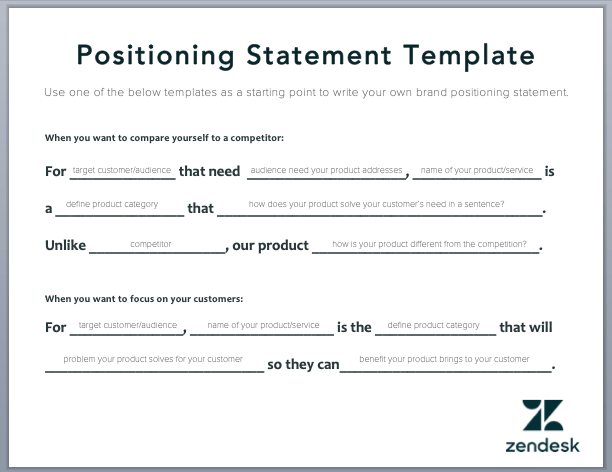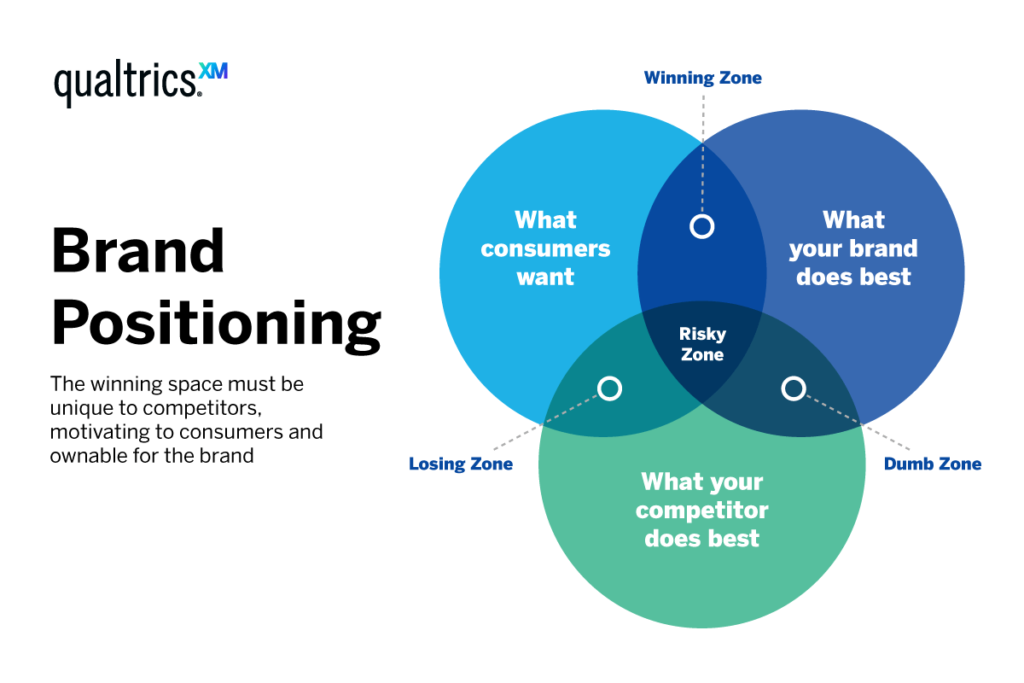There are many frameworks for brand positioning, both in theory…

…and in practice

Getting brand positioning right is not an easy task, ask any brand custodian. But if you do get it right, it can have a disproportionate effect on business growth.
Here are 6 Indian examples from the recent past, where I believe the brands got it right. Predictably, all but one are startups.
Table of Contents
ToggleLicious
A largely unorganised market, and a product that is not perceived to have a lot of differentiation, but is priced higher. The elegance of the ‘Nakhre’ campaign in 2021, featuring Anil Kapoor and Arjun Kapoor, is that it didn’t just stop at the positioning, but also had value propositions and provided RTB (Reasons To Believe).
The brand positioning was that people who are particular about the quality of their meat and fish will choose Licious. Great play on ‘identity’ because Licious’ target audience would definitely want to be seen as connoisseurs. Moreover, each ad had its RTBs (like biosecure farms, vacuum-packed etc) spelt out at the end. And the RTBs had their own short videos as well!
In addition, the campaign featured value propositions like widest range and 100% Paisa Wasool (pay only for what you buy), again with RTBs baked in. Great job by Tilt Brand Solutions.
Meesho
Another company that did a splendid job with identity was Meesho, with the #MyStoreMyStory campaign in 2020. Meesho pretty much steered the social commerce narrative in India. At that point, a majority of its sellers and buyers were women, and therefore the brand not only built its communication around women empowerment and their financial independence, but played on the entrepreneurial woman’s need to have an identity that went beyond that of her different homemaker roles.
Meesho has obviously moved on since then, but I think this campaign provided them a differentiated brand positioning, and a strong foundation and community that helped it expand. Well played, Meesho and DDB Mudra.
Jaquar
The odd one out that is not a start up, but is in fact, a very well known brand in its domain – bathroom fittings. So what does it do when it has a lighting division which (probably) has not been able to get out of the shadow of the original brand positioning even after years? It leans into it and uses the association to its advantage. A superbly fun set of creatives from 2022 that is very self aware, uses a character to mimic the audience perception, and sets up the reveal very well.
Humour, re-positioning, and allowing the product to shine – not an easy task with one campaign, but Enormous managed it. I think credit is also due to the brand because poking fun at self on national television is a gutsy thing to do.
The Whole Truth
I have written about this brand in an earlier post – in the context of brand strategy. Do read that to get a slightly more holistic view of the overall play. It is a great example to show how positioning needs to be lived by the brand for the consumer to understand and appreciate it, and thus have a relationship with the brand. Having said that, even a single ad has an impact, especially if it is tagged as a launch communication. And The Whole Truth nailed its brand positioning with this 2020 ad, inspired by the OG D2C brand The Dollar Shave Club.
The ad puts a sharp focus on where it can win – the product – specifically, the whole truth about the ingredients in the products we consume. It uses visuals to maximum effect, and also has a meta touch with the founder himself playing the narrator. WYSIWYG.
P.S. The brand continued the narrative with its take on influencers.
Khatabook
When the product is completely new to the market, brand positioning can be as simple as laying out the benefits very clearly. Obviously, the consumer insights on needs and triggers need to be understood for the communication to resonate. And yes, it is also possible to make a boring product demo when talking about benefits.
But taking a leaf out of the early Flipkart strategy – kidults – in which they used this key visual imagery and humour to make a benefit interesting, Khatabook used Dhoni (also an investor in the company) in three different avatars to tell a very engaging story to its audience. The stories recreated the problems of the audience and presented Khatabook as the solution with features serving as the RTB.
Cred
Now think of an exact opposite scenario when there is no product differentiation. Some would say ‘no product’, but let’s be nice. The entire idea of ‘Not everyone gets it’ played out in the product (credit score based access) and in the communication itself – it was almost a challenge to the viewer (or maybe marketing commentators) to ‘get it’.
While there was no reason given to the user on why they should ‘Download Cred’, the interest was piqued because of the usage of a certain kind of celebrity – one which evoked nostalgia in the demographic Cred was going after. Between that and the audacity of the (non) positioning, it created two effects. Tons of earned media because a lot of people simply had to share it and have a pov. Mimetic desire because everyone seemed to know about it, but not all could get it.
Contrast it to what might have happened if they simply did a benefit based positioning with ‘Download’ as the CTA, and then you’ll see why this was a very smart job.
P.S. I also think that it was also meant for VCs. It’s like the peacock showing off its plumage to the peahen and saying “if I can afford to do this at the risk of extinction (predators), imagine how confident I am”
A slightly more detailed note here.
Bonus: Amazon
It is arguable whether Amazon’s launch ad (2015) can be called brand positioning. I think it qualifies, because it was a new market with a fairly entrenched competitor in Flipkart. Given that Flipkart had played out the benefits of ecommerce, Amazon had to find a different angle. I really liked the consumer insight that Amazon brought out in this, and even more so because it fits perfectly with what is one of their core strengths – wide variety of products. Additional props for the overwhelming Indian-ness in the ad. Not every brand that lands on these shores manages to bring it out so fluently.
These campaigns give you an idea of how crucial positioning is, and how a great positioning can actually be a moat for brand and business in the long term. You still remember these ads, and that is the proof.

[…] Continued from Part 1 […]